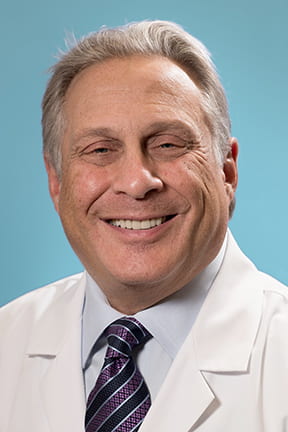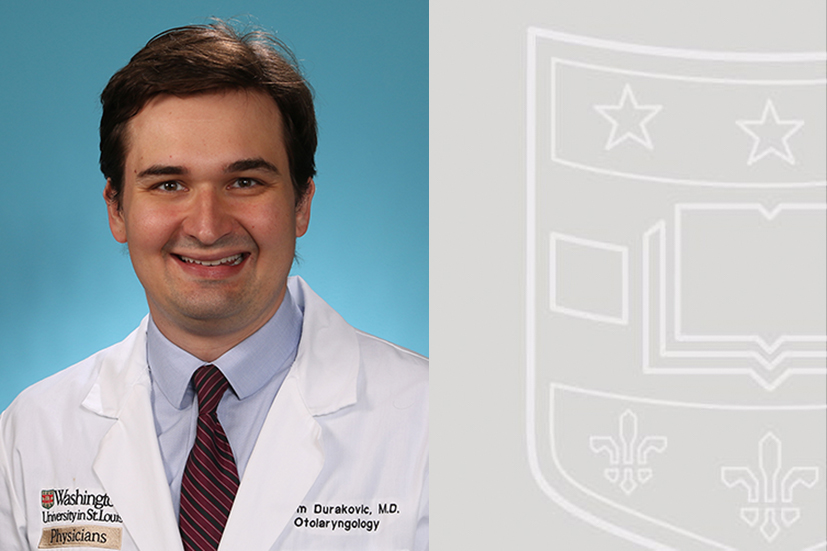A simple procedure offered by Washington University’s Dizziness and Balance Center has changed the life of a patient whose medical history is complicated by repeated bouts of skull base tumors.
Christine Chapman has suffered from recurring glomus tumors since the age of 19, a conditioned treated by neurotologist Jacques Herzog, MD. The tumors, also known as paragangliomas, are slow-growing benign tumors that develop in the skull base, often near the inner ear. Surgical removal and treatment of the tumors has left her with hearing loss, general balance impairment, headaches, and facial weakness and pain.

In September, Chapman, now 71, started to experience some increased sensitivity to motion. While attending a granddaughter’s softball game, the symptoms worsened and she told her daughter she needed to leave. She passed out before taking another step and awoke minutes later in an ambulance on her way to St. Luke’s Hospital. She repeatedly complained that she was falling off the stretcher but attendants assured her she was not.
Chapman assumed her latest symptoms were evidence of another glomus tumor, but the symptom of vertigo – a sensation of movement or spinning – led to a referral to the Dizziness and Balance Center and Director Nedim Durakovic, MD.
Durakovic felt her symptoms and MRI were suggestive of peripheral disease and not another tumor. He sent her to WashU Clinical Audiologist Lauren English who specializes in vestibular testing and rehabilitation. Vestibular testing confirmed she had a condition known as benign paroxysmal positional vertigo or BPPV.
BPPV is usually caused by calcium carbonate crystals that get displaced from their normal location in the inner ear to one of the semicircular canals used to detect angular acceleration. There they pathologically stimulate the canal and cause a sensation of leaning or movement, sometimes the perception that the room is spinning.
When told her latest symptoms were likely the result of some misplaced crystals in her inner ear, Chapman was surprised. She’d never heard of such a thing. Hearing that a few sessions of physical therapy would likely alleviate her symptoms was even more surprising and very good news.
The crystals, also known as otoconia, can be removed from the semicircular canal through a series of physical manipulations of the head known as the Epley maneuver. Chapman was so nauseous at her initial testing appointment that therapy was delayed for several days while she was treated with nausea medication.
On her return visit five days later, English performed a rightward Epley maneuver, and the physical manipulation left Chapman a little concerned.

“When she first shook my head, I couldn’t believe that was going to be helpful in any way,” she claimed. “In fact it made my symptoms worse, but she told me they would improve over the next few days, and she was right. The improvement was quite dramatic!”
Two weeks later, the leftward Epley was performed with the same result.
Chapman is elated with the improvement in her symptoms afforded by such a simple procedure, but Durakovic felt there was more to do. He has suggested additional physical therapy sessions to help improve her ongoing balance issues. And, given the chance to build on her recent improvement, she is anxious to get started.
Chapman credits her amazing medical team with the many decades of success treating her condition.
“This ride has been quite an experience for the whole family,” she said. “But, they have always been impressed with the great care I received. My daughter has conveyed how impressed she was with Lauren’s compassion and skill and how comforting it was to know I was in such good hands.”
